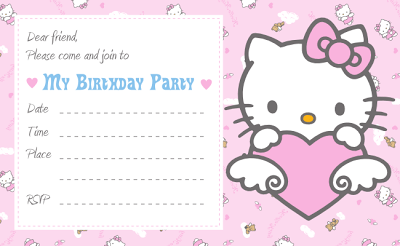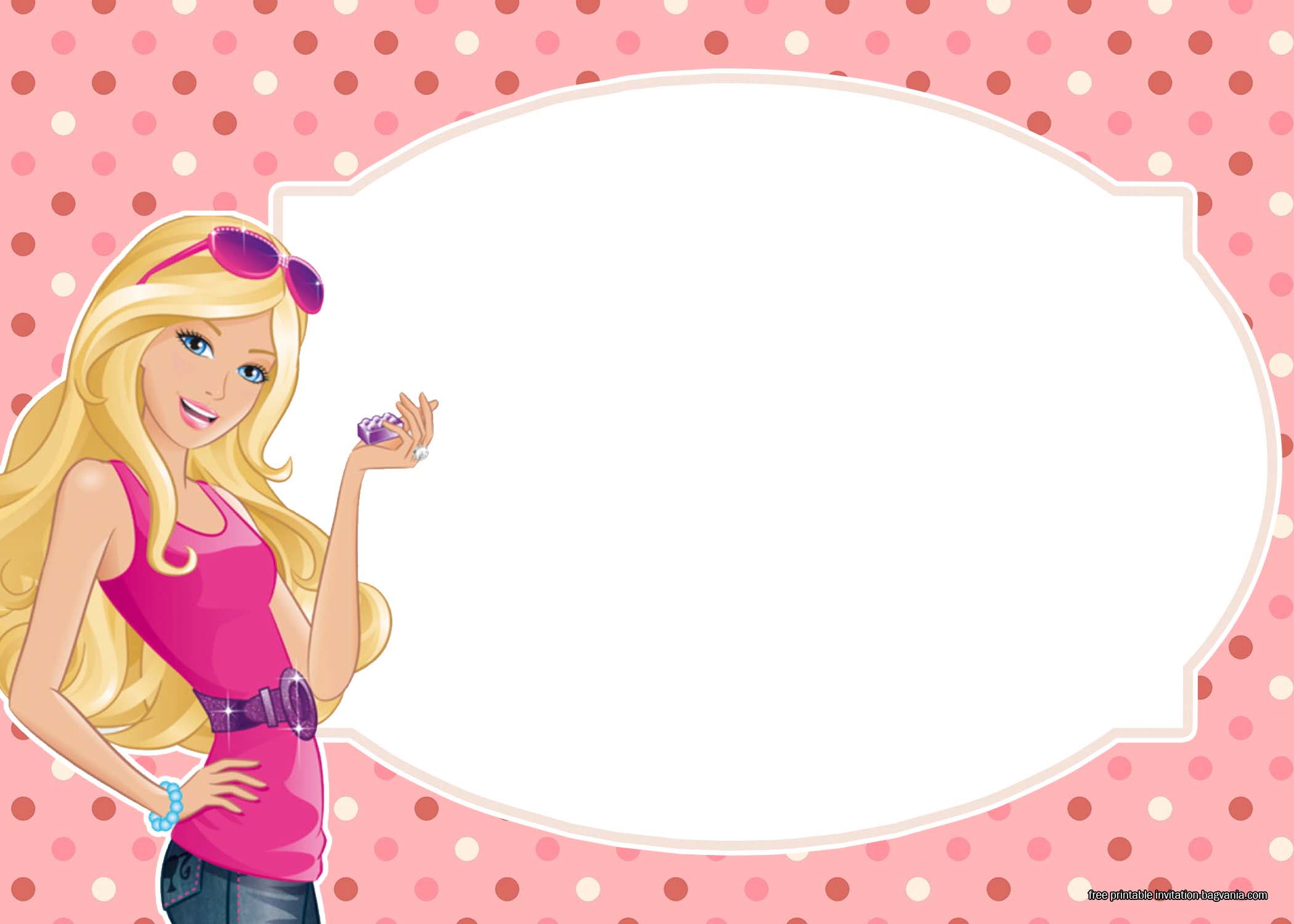Feelings and emotions recognition activity worksheets for children offer a fun and interactive way to help young minds explore and understand their feelings. These engaging activities turn learning about emotions into a playful experience, making it easier for children to identify, express, and manage their emotions. By using colorful illustrations, relatable scenarios, and hands-on exercises, these worksheets not only entertain but also nurture essential social-emotional skills. As children improve their emotional awareness, they build stronger communication skills, empathy, and self-regulation, laying a solid foundation for their personal and social development.
In this article, we will talk about the benefits of this seemingly simple activity for a child’s development. We will also point you to some amazing websites with great printable resources for you to get started with feelings and emotions recognition activity with your little ones. If you are planning to incorporate this activity in a group event, we have some tips and free invitation templates at the end. So let’s dive in into this special activity!
Benefits of Feelings and Emotions Recognition Activity
1. Enhances Emotional Awareness
Feelings and emotions recognition worksheets help children identify and label their feelings, which is a crucial first step in emotional intelligence. By learning to recognize emotions in themselves and others, children become more attuned to their inner experiences and the social cues around them. This awareness empowers them to express their feelings in healthy ways, reducing frustration and misunderstandings.
2. Builds Empathy and Social Skills
Understanding emotions isn’t just about self-awareness; it also fosters empathy. When children learn to recognize emotions in others through scenarios or character-based exercises, they develop a deeper sense of compassion. This improved understanding strengthens their ability to connect with peers, build relationships, and navigate social interactions with confidence and kindness.
3. Promotes Self-Regulation
Recognizing emotions is the foundation for managing them effectively. Worksheets that include activities on coping strategies, such as breathing exercises or positive self-talk, teach children how to handle challenging emotions like anger or sadness. These skills help them build resilience and maintain composure in stressful situations, fostering a sense of self-control and emotional balance.
4. Encourages Communication Skills
Many feelings and emotions recognition worksheets include prompts for children to share their feelings or discuss scenarios, encouraging open communication. By practicing how to articulate their emotions, children become more comfortable expressing their needs and concerns. This skill enhances their ability to resolve conflicts, seek help when needed, and engage in meaningful conversations.
5. Supports Cognitive Development
Engaging in emotion-based activities enhances a child’s cognitive abilities, such as critical thinking and problem-solving. When children analyze facial expressions, interpret scenarios, or match emotions to situations, they are sharpening their observation and reasoning skills. This cognitive growth contributes to better decision-making and adaptability in various contexts.
6. Strengthens Parent-Child Bond
When parents or caregivers participate in these activities with their children, it creates opportunities for meaningful interactions. Discussing emotions together fosters trust and mutual understanding, strengthening the emotional connection between parent and child. This shared experience can also help parents better understand their child’s needs and provide appropriate support.
Feelings and Emotions Recognition Activity Worksheets
While there are so many great websites with amazing resources out there, it is important to note that the worksheets that you are getting need to be catered to your child’s age group and developmental stage. Getting the right worksheets is the key to keeping your children engaged and interested in the activity. Here are a few worksheet samples to get you started.
If you are working with preschoolers and kindergarteners, you may want to start with this worksheet from ChatSocial.Fun on Pinterest. This worksheet introduces little children to different facial expressions, the simple faces are easy for them to recognize and understand. And to top it off, the worksheet allows them to incorporate coloring in the activity, adding a layer of art to any activity is always going to keep little children more excited and engaged.

You can also check out this feelings and emotions recognition activity worksheet from Worksheets PDF. This worksheet uses visual images that are more complex and real, which is great practice to get children more accustomed to recognizing other people’s feelings and emotions in a real life setting. For young children, the worksheet is simple enough, as it only requires them to pick the right feeling or emotion from the three options provided.

For your little crafters, you may want to get this worksheet them. Also from Worksheets PDF, this worksheet allows them to incorporate cutting and pasting in learning to recognize feelings and emotions. The worksheet requires them to paste the correct facial expressions on the right feelings and emotions. If they prefer to draw on the faces, it is also completely possible!

For older kids, this feelings and emotions recognition worksheet from Worksheets Go might just be the one for them. This worksheets includes a larger variety of feelings and emotions that can correlate to each facial expression. As they grow older, it is going to be very useful for these children to be able to recognize and name a much wider range of feelings and emotions

This worksheet from Minding Kids is also a great one for older children. In this worksheet, the get to match the faces with the emotions and at the same time, they get to write about things that are related to each feeling and emotion. This is a really great exercise for children to learn to get in tune with their feelings and emotions, leading to better emotional intelligence.

Planning a Group Activity
To make feelings and emotions recognition activity worksheets fun in a group setting and successfully invite others to participate, here are some ideas:
Making It Fun in a Group Setting
The best way to make an activity worksheet fun in a group setting is by Incorporating Games. Turn the worksheets into a game by using activities like Emotion Charades where children act out emotions from the worksheet while others guess or a Matching Pairs game where you can use cards with facial expressions or emotional scenarios and have kids match them with the correct emotions.
Some other ways to incorporate fun is by adding Creative Elements, these elements can be in the form of coloring, drawing, role-playing or even music and movement. If you are working with a group of little children, encourage them to draw or craft their own “emotion faces” based on the worksheet themes. You can also pair emotions with songs or dances. For example, play upbeat music for happiness or slower tunes for sadness, and have kids identify and express the emotion through movement.
Having a Group Discussions and Sharing is also a really great addition in a feelings and emotions recognition group activity. After completing a worksheet, have a group discussion where children can share their answers or how they’ve felt in similar situations. Ensure the environment is supportive and non-judgmental. Lastly, offer Rewards for each child’s participation. Small prizes, stickers, or certificates for participation to keep motivation high and acknowledge their efforts.
How to Invite Others
Personal Invitations
- Parents and Caregivers: Send a friendly email, text, or printed invitation explaining the activity, its benefits, and how their children will enjoy and learn from it.
- Teachers or Schools: Collaborate with local schools or daycare centers to organize a group session.
Create Excitement
- Event Title: Use a catchy name like “Emotion Explorers Club” or “Feelings Fun Day!”
- Theme: Tie the activity to a theme like “Superhero Emotions” or “Feelings Carnival” to make it more engaging.
Use Social Media and Community Boards
- Share posts on platforms like Facebook or Instagram, or post flyers on local community boards. Highlight that the activity is both educational and fun, and mention age groups.
Highlight Benefits and Fun
- Clearly communicate how the activity helps children develop essential skills while having fun. Include visuals, such as photos of worksheets, emojis, or playful designs, to catch attention.
To help you out at the invitation part, you may want to check out our collection of invitation templates. Whether to send as a personal invitation or as a social media post, these templates have fun and adorable designs that are just perfect for a children party or playdate. Head to 8+ Cute Cartoon Airplane For Boys Birthday Invitation Templates for toy-themed designs or 11+ Cute Safari Baby Animals Birthday Invitation Templates For Your Little Explorer if you are interested in baby animal designs. All you have to do is download the templates and edit in the details to your feelings and emotions recognition group event!

Final Thoughts
Feelings and emotions recognition activity worksheets are more than just a fun pastime; they are a powerful tool to help children grow emotionally, socially, and cognitively. By turning emotions into an engaging and interactive experience, these activities nurture essential life skills that set the foundation for healthy relationships and personal success. Whether completed one-on-one or in a group setting, they provide children with the opportunity to explore their feelings in a safe and supportive environment. So, gather some worksheets, invite friends or family, and embark on a journey of discovery that’s as enriching as it is enjoyable!
































